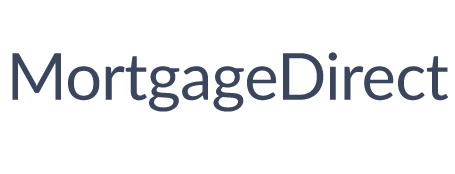Fixed rates on the rise, as CommBank tips a June cash rate hike
Hold onto your hats, things are about to get a little bumpy. Economists from Australia’s biggest bank are predicting the Reserve Bank will raise the official cash rate as early as June – and we’re already seeing fixed interest rates increase significantly.
Commonwealth Bank (CBA) economists have brought forward their forecasted Reserve Bank of Australia (RBA) cash rate hike from August to June, making it the earliest prediction amongst the big four banks.
We’ll go into more detail on why CBA has brought forward their prediction below, but first something a little more concrete: we’ve definitely noticed fixed rates trending up in recent months.
Fixed rate hikes
For example, back in November, for a $700,000 loan at 80% loan-to-value ratio, a two-year fixed rate with one particular lender was 1.84%.
That rate has since gone up to 3.04% – a staggering increase.
While not every lender has increased fixed rates so significantly, we are seeing them go up across the board.
So if you have been umming and ahhing about fixing your rate lately, you’ll want to get in touch with us sooner rather than later.
Because while most lenders have recently reduced their variable rates to compensate a little, with news now that the cash rate is being tipped to increase mid-year, you can expect variable rates to increase with the cash rate.
So why has CBA brought forward their forecast to June?
Ok, so back to CBA’s June cash-rate hike prediction and why they’ve brought it forward from August.
In a nutshell, CBA senior economist Gareth Aird is anticipating inflation to be a lot stronger than the RBA is forecasting.
As a result, Mr Aird believes this will lead to a rise in the cash rate to 0.25% at the June board meeting (currently it’s at a record-low 0.1%).
“We are very comfortable with our expectation that the quarter-one 2022 underlying inflation data will be a lot stronger than the RBA’s forecast,” explains Mr Aird.
And here’s the thing: it’s not the only cash rate hike CBA is predicting the RBA will make over the next 12 months.
Mr Aird is expecting a further three rate increases over 2022 to take the cash rate to 1%, with another move to 1.25% in early 2023.
That’s five cash rate hikes over 12 months!
Get in touch today to explore your options
Believe it or not, there are more than 1 million mortgage holders out there who have never experienced a rate rise (the last RBA cash rate hike was in November 2010).
And if the CBA’s prediction of five rate hikes over the next 12 months proves right, then some households will be in for a bumpy ride as they face hundreds of dollars in extra mortgage repayments each month.
So if you’re keen to act before the RBA increases the official cash rate, get in touch with us today. We’d love to sit down with you and help you work through your options in advance.
Disclaimer: The content of this article is general in nature and is presented for informative purposes. It is not intended to constitute tax or financial advice, whether general or personal nor is it intended to imply any recommendation or opinion about a financial product. It does not take into consideration your personal situation and may not be relevant to circumstances. Before taking any action, consider your own particular circumstances and seek professional advice. This content is protected by copyright laws and various other intellectual property laws. It is not to be modified, reproduced or republished without prior written consent.

